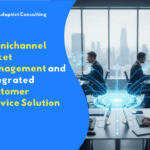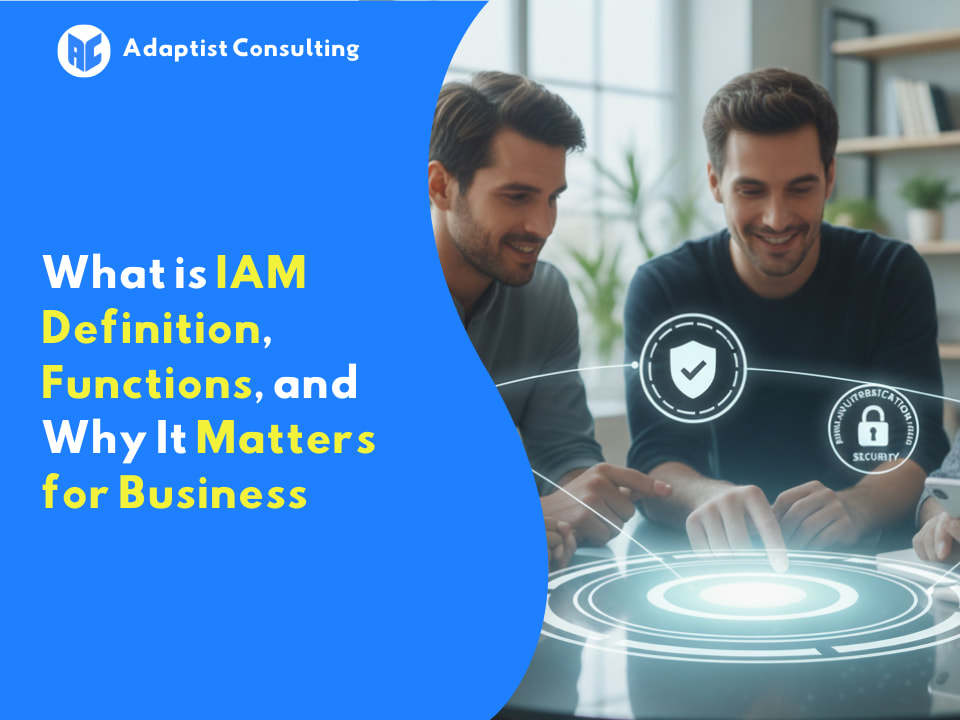
What is GRC? Governance, Risk, and Compliance Explained
September 22, 2025
Omnichannel Ticket Management and Integrated Customer Service Solution
September 22, 2025What is IAM Definition, Functions, and Why It Matters for Business

What is IAM?
Identity and Access Management (IAM) is a system or framework designed to manage digital identities and user access rights to company resources. It ensures that only the right people or devices can access specific data and applications, based on their roles.
With IAM, businesses can strengthen data security, improve work efficiency, and remain compliant with industry regulations. In other words, IAM is the foundation of modern digital security.
Core Components of IAM
- Identity Management
- The process of recording, storing, and updating user information.
- This includes names, job titles, emails, and attributes such as departments or teams.
- Access Management
- The authorization process that determines whether a user has the right to access a system.
- In practice, access control defines who can access what, when, and under which conditions.
- User Authentication
- Verification steps that confirm a user’s identity.
- Here, multi factor authentication (MFA) plays a crucial role as a key mechanism.
What is Multi Factor Authentication (MFA)?
Many people ask, what is multi factor authentication? The answer is simple: MFA is a security method that requires users to prove their identity using more than one verification factor.
Examples of MFA include:
- Knowledge factor: password.
- Possession factor: OTP codes from an authenticator app or SMS.
- Inherence factor: fingerprint or facial recognition.
With MFA, the risk of unauthorized access is drastically reduced, even if a password is compromised.
Main Benefits of IAM
- Stronger Data Security
IAM reduces the risk of identity theft and data breaches. - Improved User Productivity
Features such as Single Sign-On (SSO) allow employees to log in to multiple applications with a single authentication. - Operational Efficiency
Automated provisioning (granting access) and deprovisioning (revoking access) minimize human error and speed up processes. - Regulatory Compliance
IAM helps organizations meet global security standards and internal audit requirements.
Best Practices for Implementing IAM
- Apply the least privilege principle – grant access only as needed.
- Use multi factor authentication for all critical systems.
- Conduct regular monitoring and access log audits.
- Automate access rights management to quickly adapt to employee or project changes.
- Combine Role-Based Access Control (RBAC) with Attribute-Based Access Control (ABAC) for greater flexibility.
Curious about how to start IAM implementation in your company?
Visit Adaptist Consulting to learn more about our IAM solutions.
Conclusion
So, when you ask what is IAM identity access management, the answer is clear: it is the backbone of modern digital security. By adopting IAM, businesses gain stronger protection, higher productivity, and better compliance.
For additional insights, you can also read this reference: https://phintraco.com/apa-itu-solusi-identity-and-access-management/




